
Every radical movement begins with a core of activists, but only rarely does it succeed in taking and holding power in a great nation. Adolf Hitler, for example, “squeaked into power,” as historian Robert Gellately writes in “Hitler’s True Believers: How Ordinary People Became Nazis” (Oxford University Press); only later did the Nazi Party turn into a mass movement.
“Needless to say, there remained millions of people for whom everything about Nazism was unattractive, and as though he were admitting precisely that, Hitler said that it would take generations to create the kind of social world he desired,” Gellately explains, and Hitler himself may have been surprised by how fast it actually happened. “With remarkable suddenness, National Socialism came to influence social, cultural and political life in Germany from top to bottom.”
Gellately is the Earl Ray Beck Professor of History at Florida State University. He often has written on both Nazi Germany and Stalinist Russia, and his previous books include “Lenin, Stalin and Hitler: The Age of Social Catastrophe.” What he seeks to explain in his new book is how an “educated and cultured” country of more than 65 million people, many of whom were committed to liberal, socialist and communist parties, was transformed in an “entire nation of true believers.” Above all, he denies the answer is to be found in Hitler’s charismatic hold on the hearts and minds of the German people.
Indeed, Gellately argues Hitler has been wrongly credited as a political Svengali. The truth, he insists, is that Hitler may have commanded the absolute loyalty of ardent Nazis, but he was nothing more than “the necessary leader” who came to be seen as the man who was capable of fulfilling the ambitions of Germans who were not early or earnest Nazis, but were “on the same wavelength” and joined the Nazis only to “get on the bandwagon.”
To do so, however, the late-comers to Nazism were forced to embrace — or at least to overlook — the extremism displayed in Hitler’s speeches and writings. “We don’t want to be emotional anti-Semites, who want to create a mood for pogroms,” Hitler declared in a speech at Munich beerhall in 1920. “What animates us is the unrelenting determination to attack the evil at its source, and to eradicate it, root and branch.” Many of his fellow Jew-haters in Germany were less bloodthirsty, yet willing to put themselves in service to Hitler’s genocidal program because they, too, sought to solve “the Jewish question” one way or another.
“No single factor can account for why ordinary people began opting for the Nationalist Socialist Party,” Gellately proposes. High unemployment in Weimar Germany turned the workers to the Communist party, whose growth prompted middle-class voters to turn to the Nazi party. Farm owners and farm laborers saw the Nazis as a party that “would stand up for the rural folk and in favor of self-sufficiency in food.” The Protestant churches, which represented two-thirds of the German population, “greeted the new regime with euphoria, with many looking forward to a re-Christianization of the country.” Nazi emphasis on racial purity “might have played a psychological role” in winning over Germans who have wanted to exclude Jews from Germany without wanting to exterminate Jewish men, women and children all over the world.
“With the invasion of Poland in 1939, Hitler put his popularity with the German people to the litmus test — and he passed.”
Once Hitler was duly appointed chancellor of Germany under the laws of the Weimar Republic, the Nazi-controlled Reichstag voted to put an end to parliamentary democracy to put all the powers of government in service to the Nazi party. Hitler wanted a “legal dictatorship,” and now he had one. Concentration camps were established to confine and punish his political adversaries. Germans who may have been mildly attracted to Nazism and Germans who had actively opposed it realized no other choice was available. Ultimately, even the Germans who were not Nazis “willingly sublimated themselves in the name of a greater cause,” as Gellately describes a Nazified May Day celebration in 1933.
Hitler did not rely on terror and propaganda alone to transform Germany from a great power into a Nazi Party project. He appealed to material cravings of the German people when he conceived the Volkswagen – the “people’s car” – and the autobahns on which they were to be operated. Even Germans who were not under Hitler’s thrall were won over. “A marvelous vision of the future” wrote one such diarist, and a member of the leftist underground found himself compelled to concede that “the politician who promises every person an auto, if the masses believe the promise, is a man of the masses.”
With the invasion of Poland in 1939, Hitler put his popularity with the German people to the litmus test — and he passed. Even when bombs were falling on Berlin and defeat by the Allies seemed inevitable, the German people continued to manufacture armaments, fight their enemies on the field of battle and murder the Jews in the death camps — all of which required a massive war effort. The German people were rewarded for their sacrifice with a country that had been “reduced, divided, and humiliated.” Yet a poll taken in West Germany in 1948 showed that 57 percent of the respondents still regarded Nazism as “a good idea that was poorly implemented.”
“Hitler’s True Believers” joins a growing body of scholarship that focuses not only on Hitler and the Nazi elite but also on the “willing executioners” and “willing collaborators” who served them in the armed forces and the police, bureaucracy, the legal and medical professions, the media and the arts, and the countless other elements of German society All these books, and Gellately’s prominently among them, seek to broaden the definition of “perpetrator” and by doing so, put the ample blame for the crimes of the Second World War and the Holocaust where it belongs.
Jonathan Kirsch, author and publishing attorney, is the book editor of the Jewish Journal and a contributor to The Washington Post.
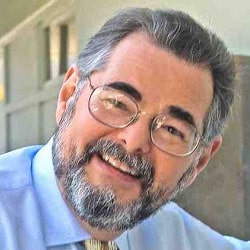






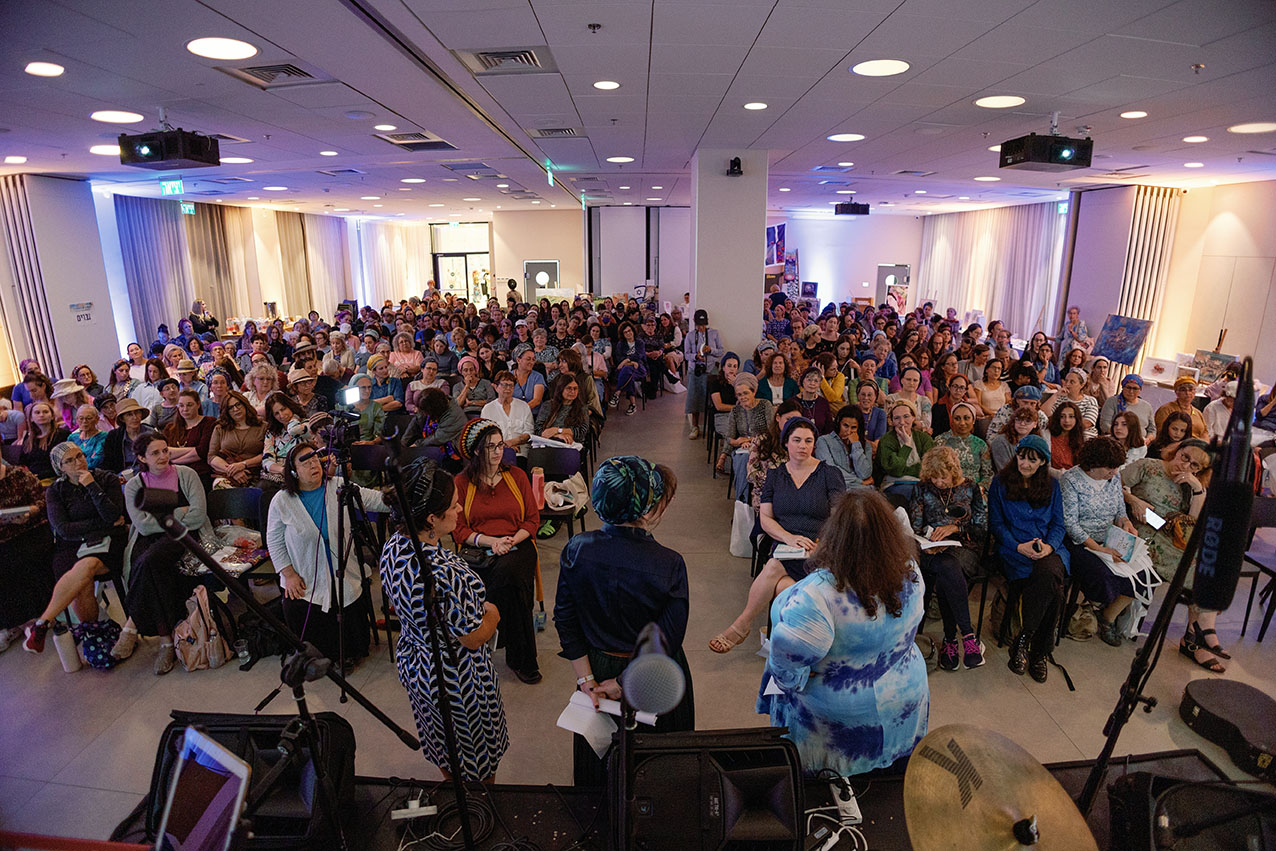

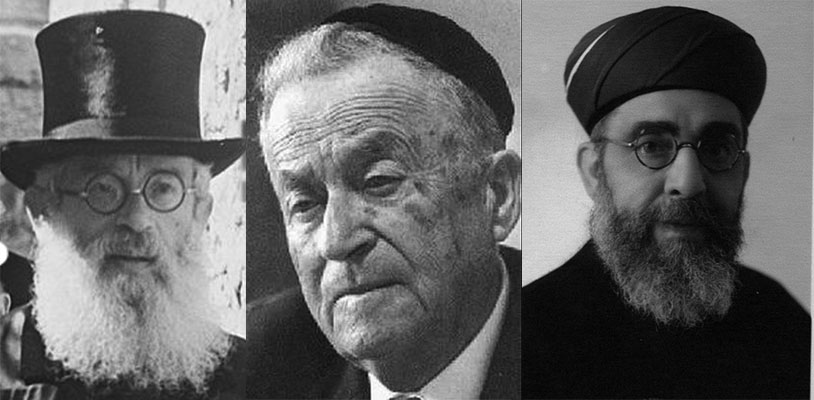
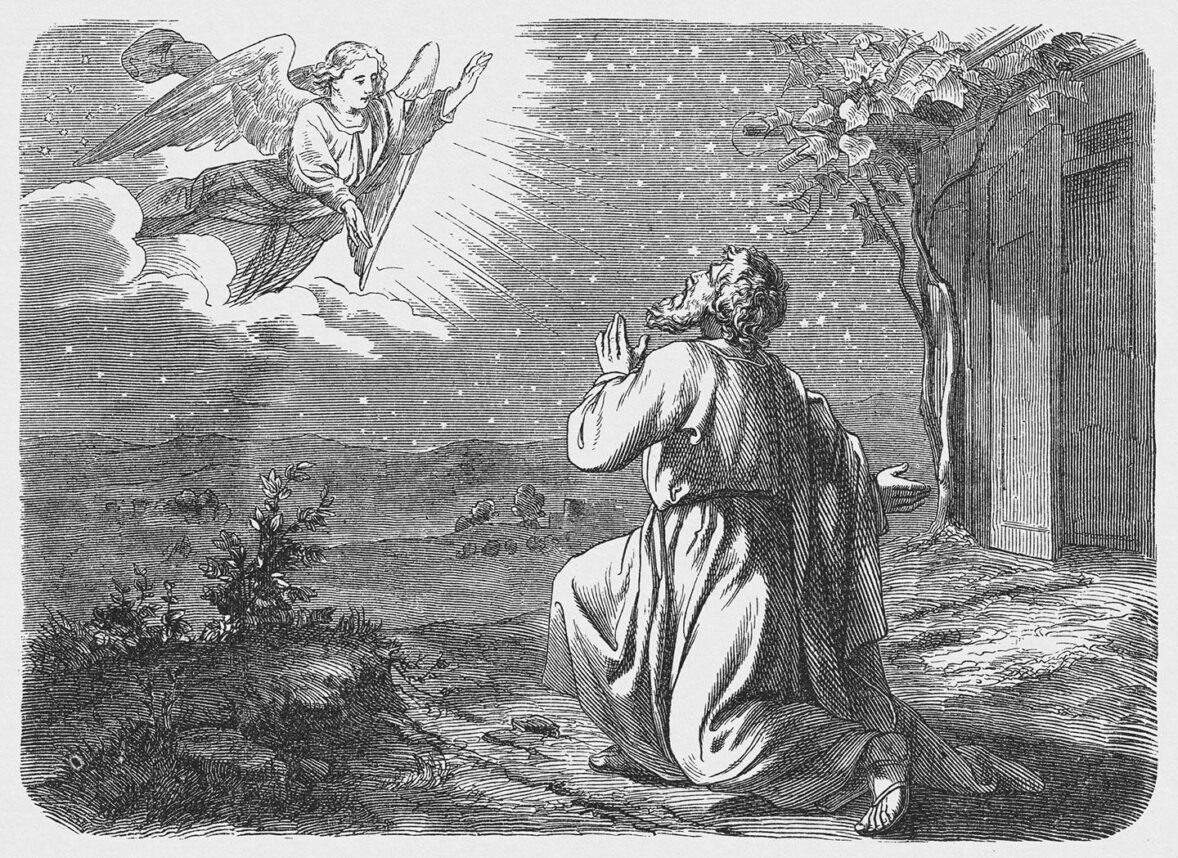
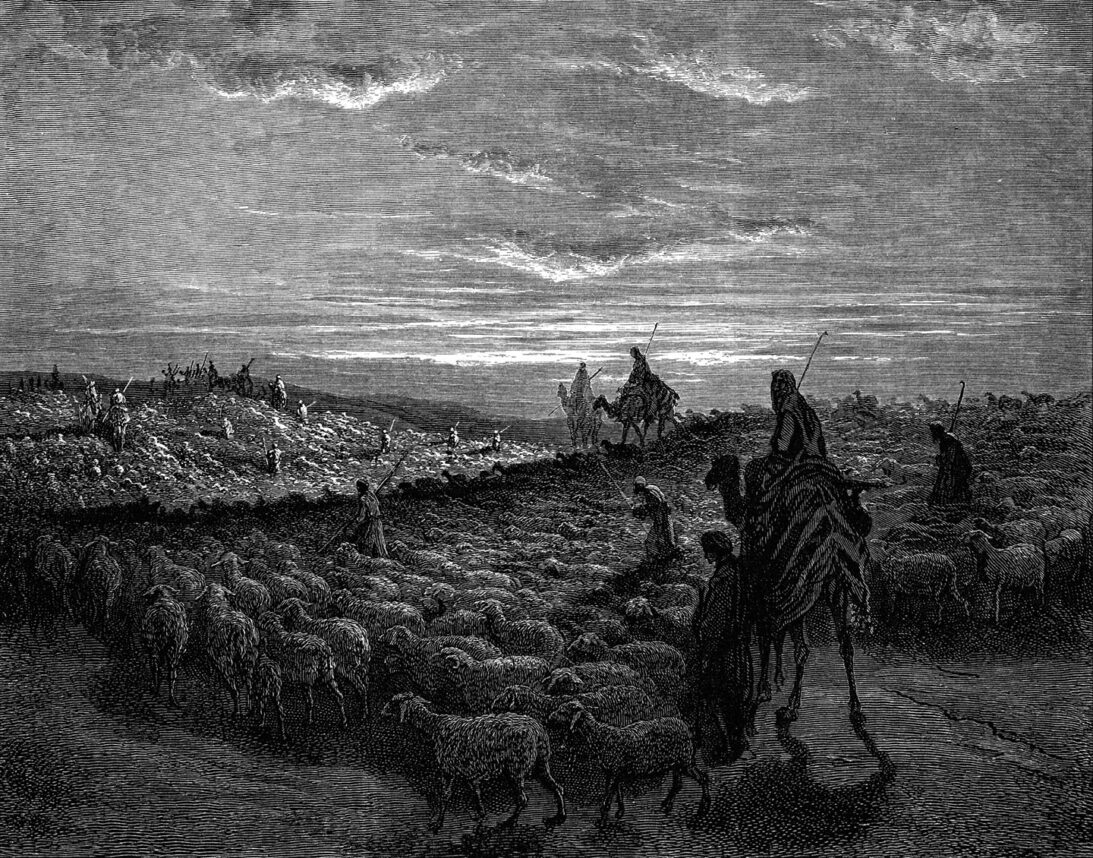











 More news and opinions than at a Shabbat dinner, right in your inbox.
More news and opinions than at a Shabbat dinner, right in your inbox.